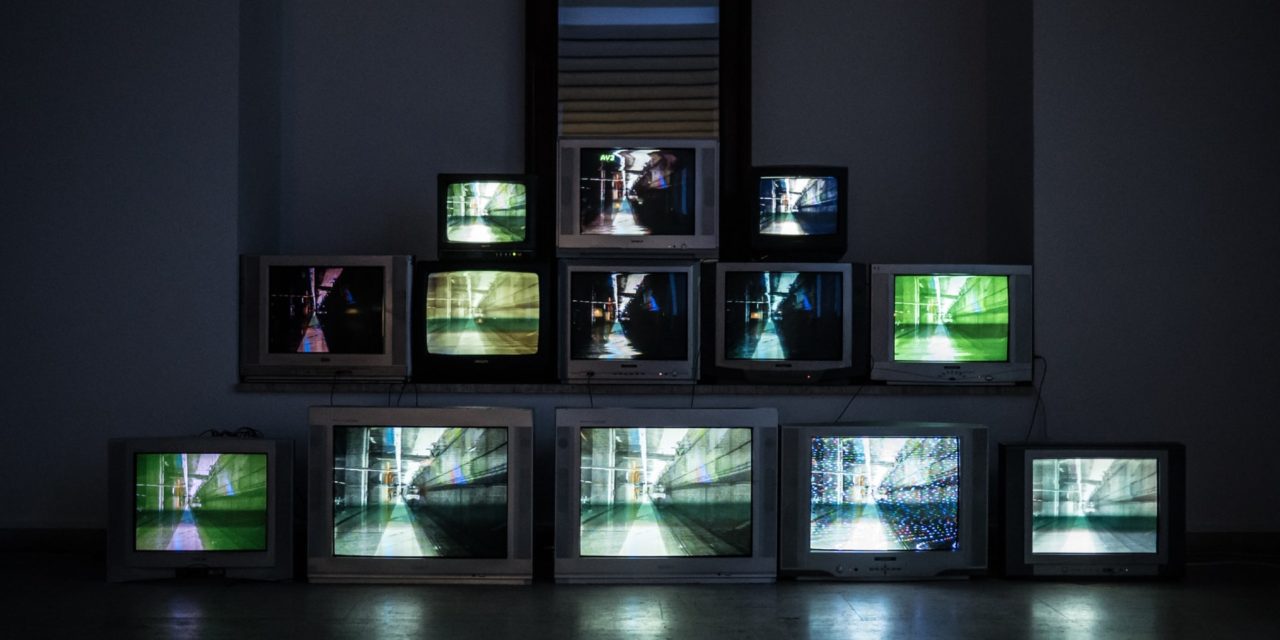[ad_1]
Color temperature is said to be one of the most overlooked controls on LED televisions, yet the feature that allows you to dial in the most accurate color representation. Traditionally, if you set the color temperature on your LED television too high the color takes on a bluish tint; whereas if you underestimate the amount of color temperature for the displayed image then the picture takes on more of a reddish hue.
Cooler and Warmer Color Temperatures
This is why high color temperatures on LED sets are called cooler – the higher temperatures have a bluish, cool appearance. Lower color temperatures on an LED television are alternatively called warmer due to the reddish, seemingly more mellow image that is broadcast to the viewer. Some people just prefer a slightly warmer set color temperature for their LCD or LED television, so they choose a fluorescent or similar backlight technology that reflects their preference for one color temperature style over another.
Increased Customizability
About a decade ago television makers started allowing users to customize whether the picture they watched was more cool or warm in terms of temperature.
Although this was somewhat of a gimmick at the time – and remains a gimmick that many LED and LCD television manufacturers still exploit – many newer televisions are set to the bluest or coolest possible color temperature setting to dazzle customers in department stores. This, however, is not necessarily the best picture you can eke out of your LED set.
For whatever reason, the human eye perceives a blue image as somehow ritzier or brighter and this is largely the reason LCD, and later LED, televisions raised so much hype in the 2000s on showroom displays.
Technical Aspects of Color Temperature
If you ran three images close together – one set at 4000 kelvin, the other 6000 kelvin and the last at 8000 kelvin – you would easily notice the differences in the accuracy and contrast of the displayed images. The lowest temperature – the 4000 kelvin one – would appear more reddish and warm, and not necessarily very accurate. The 6000 kelvin temperature would appear about normal and the 8000 kelvin temperature would make for an image that “pops” but might not be very accurate either.
The phrase “correlated color temperature” is the technical term that's used by television engineers concerned with the nuts and bolts of illumination. A typical temperature scale is set on a kelvin model and ranges from around 1,000 kelvin to 10,000 kelvin. As stated before, the lower temperatures will give your television more of a warm, reddish tint and the higher temperatures (e.g., 9000 kelvin) will give off more of a cool, bluish tint.
Both the high and low extremes could be equally inaccurate at representing a sunset or basketball game on your LED screen, but many television manufactures only show you the bluish, high-end because that “pops” and looks attractive to customers in department stores.
The Golden Mean: 6500 Kelvin
As with most things in life, a balance between high and low is needed for the best results. Accordingly, most television gurus say that a temperature of around 6,500 kelvin is ideal for representing high and low tones accurately on your LED television. It is also recommended that you dial in the contrast and gamma settings to fit this adjusted temperature setting.
[ad_2]
Source by Murray J Campbell

